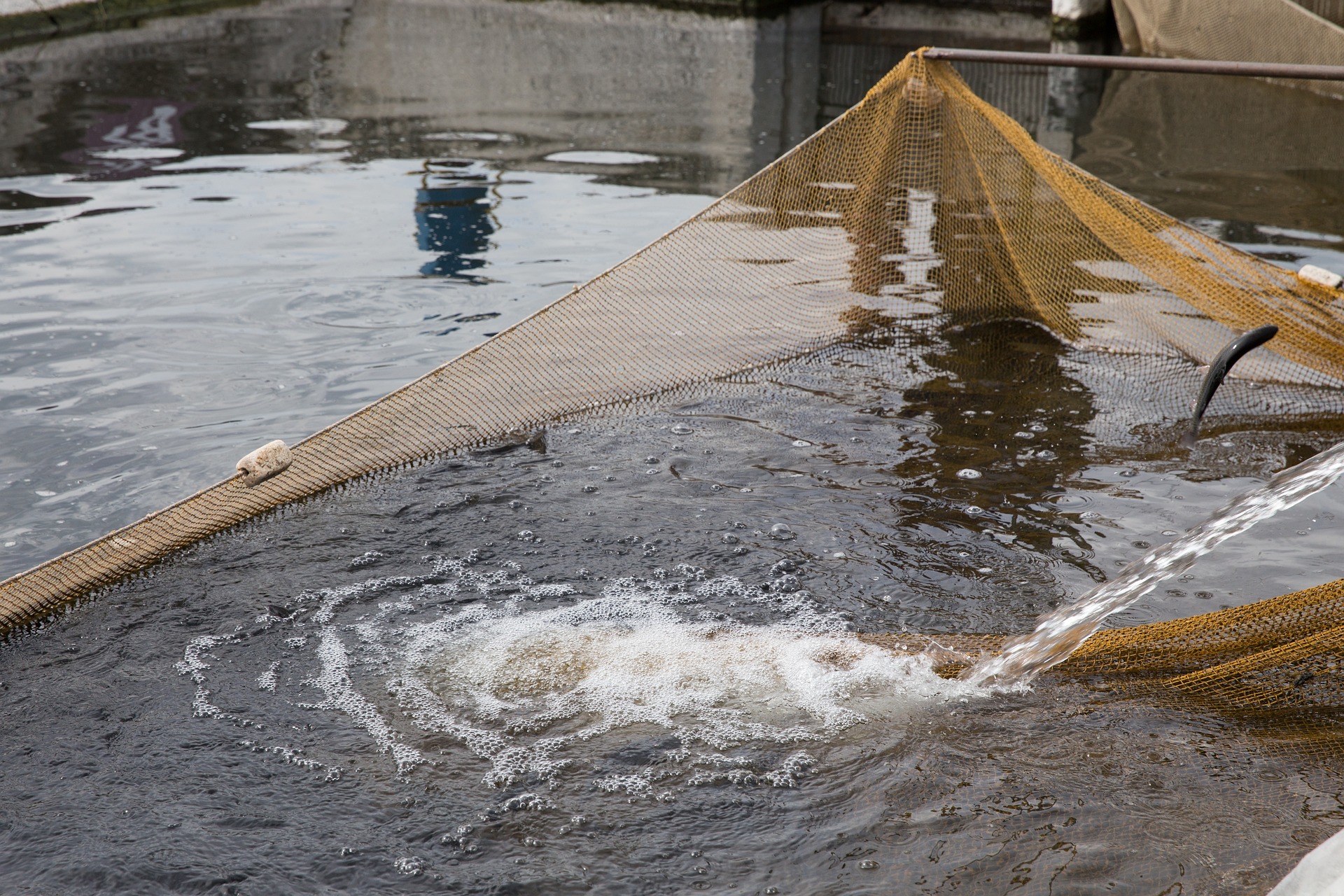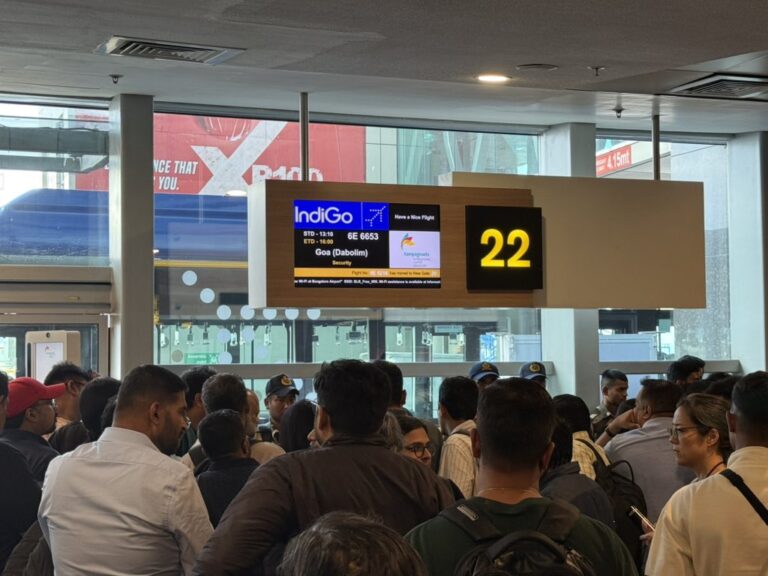
Rome: Some 126 million tonnes of live-weight aquaculture production, including aquatic animals and algae, was produced in 2021, about half of it consisting of farmed finfish. The estimated farmgate value of the output was $296.5 billion.
Aquaculture is mostly practised in Asia which accounts for more than 90 per cent of global aquatic animal production. The Americas, Europe and Africa combined account for 8.2 per cent. Around 700 species are currently being cultured around the world, but about half of the global production is made from just 12 species.
In contrast to terrestrial agriculture, selective breeding programmes to develop more efficient farmed types of aquatic species are heavily underutilised, currently accounting for only around 15 per cent of production.
There is a need to distribute aquaculture more evenly, with immediate efforts to stimulate its development in Africa, Latin America and Small Island Developing States. Innovative technologies that can increase productivity and reduce waste, as well as enhance the inclusion of small-scale operators in the sector, are widely available but need to be applied, particularly outside of Asia, and targeted in areas where aquaculture production has the greatest potential for growth.
This need was also outlined in a set of articles published this week by leading experts in the field, arising from the latest Global Conference on Aquaculture Millennium +20 held in Shanghai, organized by the Food and Agriculture Organization of the United Nations (FAO) and partners as part of a decadal series of such conferences. The eight articles discussed critical themes for aquaculture, including production methods, social issues and planetary health, nutrition, genetic resources, biosecurity, governance, and inclusive market access.
“Given that aquaculture now supplies around 50 per cent of aquatic food, and given its potential to contribute to so many of the UN’s Sustainable Development Goals, we all need to focus on how to move it forward in a sustainable way,” said Xinhua Yuan, FAO’s Deputy Director for Aquaculture. “Fish and other aquatic products can and will play a major role in meeting the dietary demands of all people, helping improve the resilience of the global food system, while also meeting the food security needs of the poorest,” he added.
The publication of the eight thematic review articles as a special issue of the Journal of the World Aquaculture Society coincides with the holding of the 12th session of the Sub-Committee on Aquaculture of FAO’s Committee on Fisheries, the inter-governmental forum that guides the FAO in formulating aquaculture and fisheries policy advice.
One of the major items on the agenda for the Sub-Committee, taking place May 16-19, 2023, in Hermosillo, Mexico, is the consideration of new Draft Voluntary Guidelines for Sustainable Aquaculture (GSA), and the publication of these thematic reviews provides useful context for these discussions and more broadly to FAO’s vision for a Blue Transformation.
The objective is to achieve the further intensification and expansion of aquaculture sustainably, in a way that satisfies global demand for aquatic food and distributes benefits equitably, with care regarding social responsibility, pollution and other considerations, Yuan said.
Moreover, aquaculture practices on average produce fewer greenhouse gas emissions than other forms of animal production.
The sector now also needs an updated set of governing principles that ensure that it expands and intensifies, embracing modern technologies, in a way that is environmentally and socially responsible, economically viable, and able to meet the needs of present and future generations. Having established itself as a major food-producing and economic sector, aquaculture also needs to proactively integrate social responsibility and human well-being perspectives at all scales, including both workers and communities at large.
– global bihari bureau





